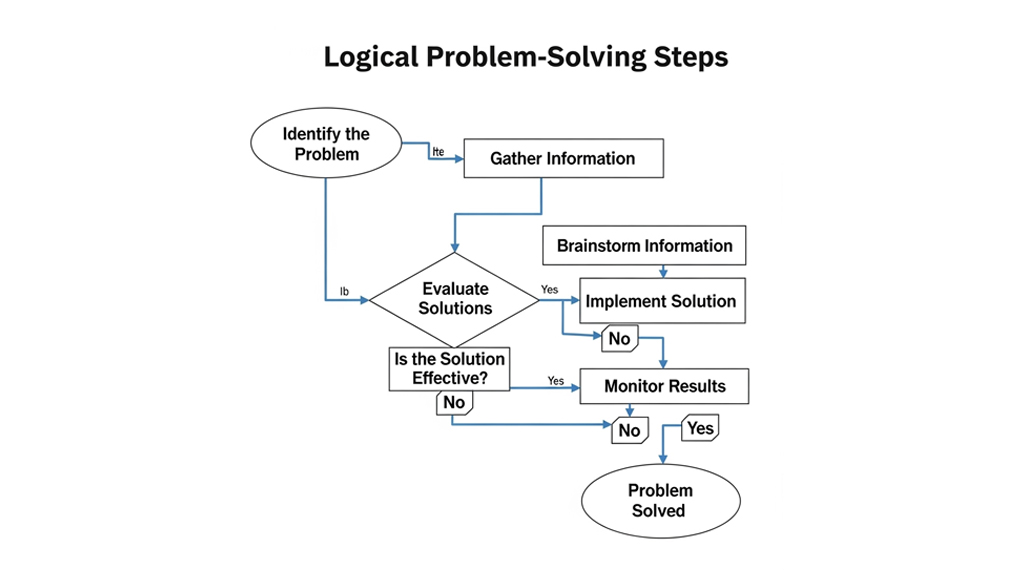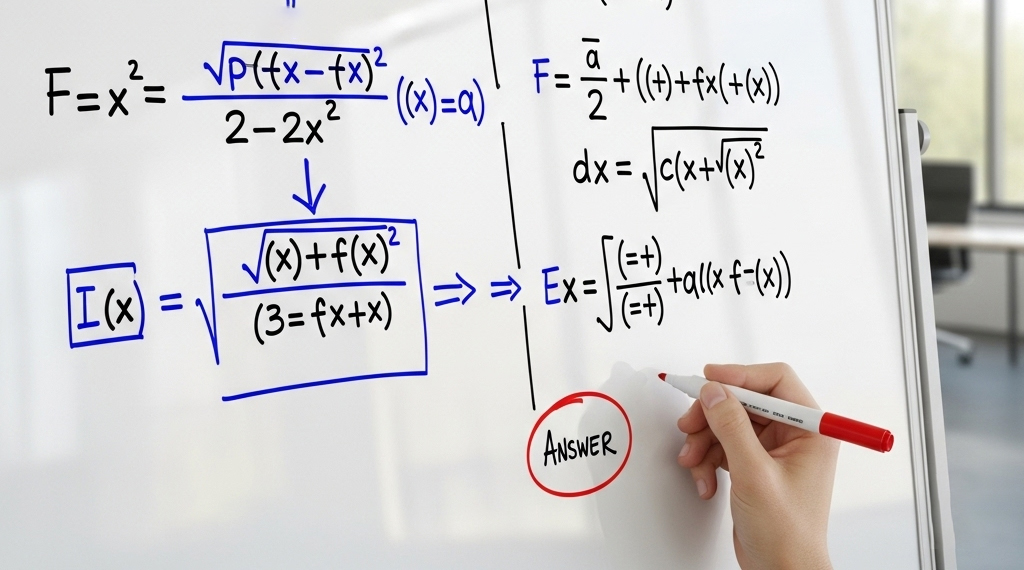A-Level Maths: How to Tackle Tricky Exam Questions
A-Level Maths is often seen as a gateway to top university courses and a rewarding career path. However, the journey can be challenging, particularly when facing those dreaded "tricky" exam questions. At TheLearningNet.org, we believe that with the right approach, these questions can be conquered.
Why Are A-Level Maths Questions So Tricky?
Tricky questions are designed to test your understanding of a concept, not just your ability to recall a formula. They often:
- Combine Multiple Topics: A single question might require knowledge of Calculus, Trigonometry, and Vectors.
- Are Presented in an Unfamiliar Context: The problem might be a wordy scenario you must translate into equations.
- Require a 'Creative' Solution: They don’t have an obvious starting point and need outside-the-box thinking.
- Test Your Foundational Knowledge: They can highlight gaps in GCSE or earlier A-Level learning.
Step 1: Deconstruct the Question

Image: Highlighting keywords and underlining key information.
Before solving, fully understand the question. Don’t rush into formulas.
- Read Carefully: Read twice, noting keywords like "rate of change" (Calculus) or "show that" (proof).
- Identify Given Information: Highlight numbers, variables, and conditions.
- Know the Goal: Is it a value, equation, or proof? Stay focused on the required outcome.
Step 2: Formulate a Plan

Image: A flowchart of logical problem-solving steps.
Once you know what’s required, map out a logical path to the solution.
- Recall Formulas: Write down connected formulas or theorems.
- Break It Down: Turn the big problem into smaller steps.
- Try Alternatives: If stuck, approach the problem differently.
Step 3: Show Your Working Clearly

Image: Clear, step-by-step working out.
- Write Neatly: Ensure numbers and variables are clear.
- Step-by-Step: Avoid skipping too many steps.
- State Assumptions: Write them down for clarity.
- Use Correct Notation: Symbols for integration, differentiation, etc. show understanding.
Step 4: Check and Reflect

Image: Double-checking answers with a calculator.
- Is it Reasonable? Negative radius? That’s wrong.
- Read Again: Did you actually answer what was asked?
- Review Steps: Look for calculation or algebra mistakes.
Step 5: Practice, Practice, Practice

Image: Past papers and revision guides.
- Use Past Papers: Later questions often test deeper understanding.
- Target Weak Topics: Use resources like Dr. Frost Maths & Integral Maths.
- Get Feedback: Ask teachers/tutors to spot mistakes.
By deconstructing, planning, showing your work, and reflecting, you can turn tricky A-Level Maths questions into opportunities for success. 🚀 Good luck!

